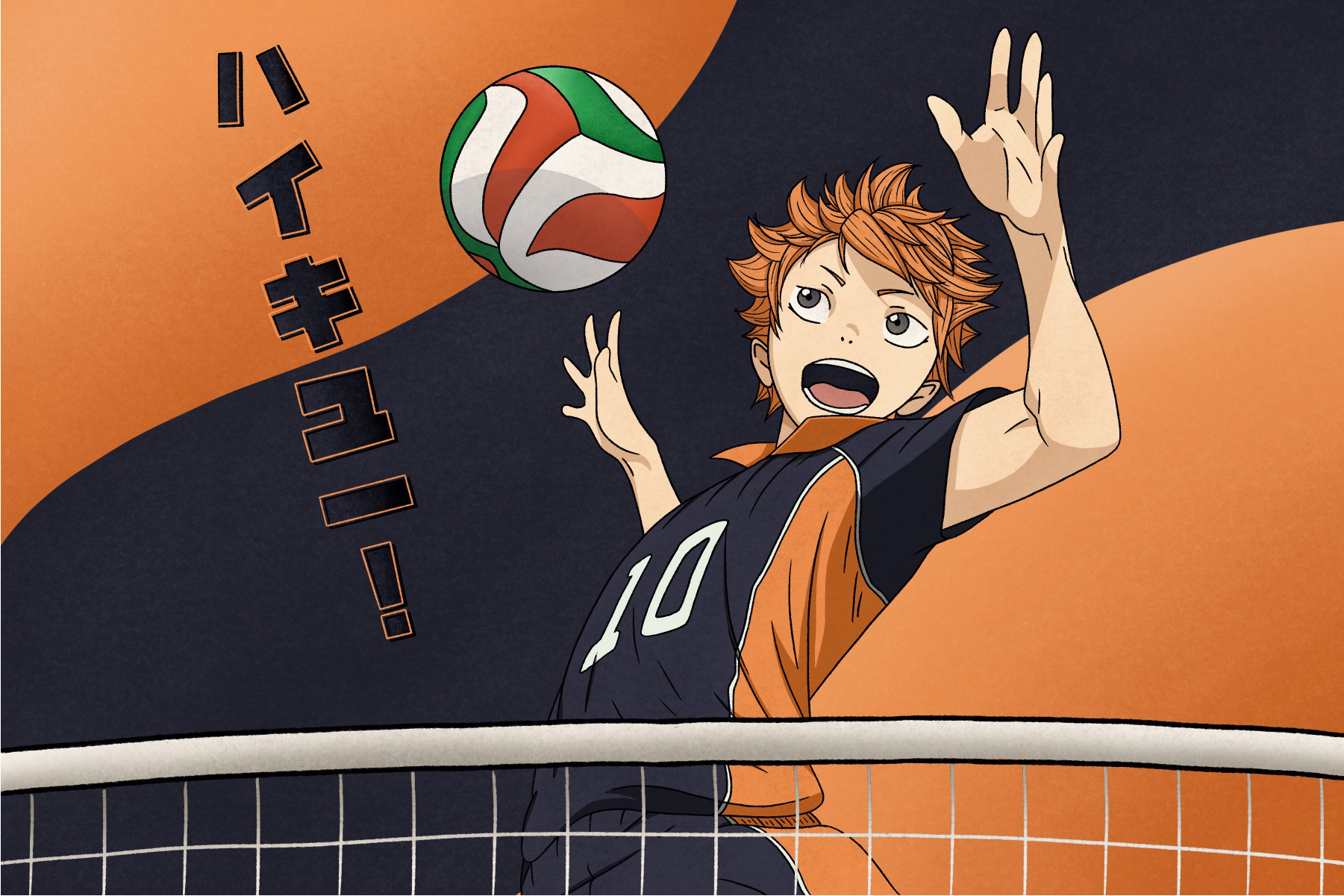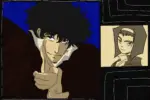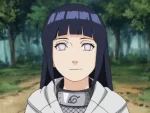At first glance, the storyline of the anime “Haikyu!!” seems innocuous and bland. The story follows a young teenager named Hinata Shoyo who demonstrates a strong passion for the sport of volleyball. Since his middle school does not have a volleyball team, he starts his own team with his inexperienced classmates. Given that the team lacks even a basic understanding of the rules of the game, they quickly lose and are eliminated from the tournament.
However, Hinata meets and plays against Kageyama Tobio, who, despite his impressive talent, struggles to fit into a team environment. The two end up joining the same high school team, Karasuno High, a once-powerful school that has fallen from grace. Together, Hinata and Kageyama begin their high school volleyball careers.
So far, the premise seems somewhat unremarkable, as both sports and school themes are already so widespread and ordinary. However, “Haikyu!!” easily overcomes this obstacle and compels the viewer to become personally invested in the growth of these characters.
Even though “Haikyu!!” follows the competitive journey of the Karasuno volleyball team, one does not need to have an in-depth understanding of the sport or even a vested interest in it. The rules of the game are made clear enough, but more importantly, the show is known for manipulating time and space such that the viewer can experience all the moving parts of the game at a pace they are comfortable with. For example, the show often slows down time while the ball travels through the air in order to relay the characters’ thought processes during these key moments. Moreover, the show makes frequent and effective use of flashbacks during pivotal sequences of the game to contextualize exactly how significant the match is for all the players involved, which further strengthens the viewer’s emotional investment in the team.
Although “Haikyu!!” revolves around volleyball, the themes addressed in the show often speak to universal human emotions that any viewer, regardless of their athletic or personal background, can relate to. Even if one has never competed in a sport, the show evokes common experiences familiar to its viewers: the desire to pursue an ambition despite logistical or personal obstacles, the difficulty in establishing group or team environments with conflicting personalities and the feeling of falling just short of one’s goal.
Seeing the Karasuno team practice and argue among themselves for several episodes, to eventually come together and win as a team, sparks a powerful vicarious joy within the viewer even though they are merely watching a high school sporting event.
“Haikyu!!” excels in its character development even in comparison to other popular animes. Even though the show primarily focuses on Hinata and Kageyama, every member of the Karasuno team has a compelling backstory. Unlike many shows that tend to disproportionately develop the main characters as opposed to the supporting cast, “Haikyu!!” builds on the personal journey of every team member.
Furthermore, even though it would be easy to have the viewer fixate solely on the success of Karasuno, the series even evokes the viewers’ emotional investment in the opposing teams that, in most shows, one would intuitively root against. The show uses the same techniques for the main team to develop these opposing teams, including flashbacks and scenes specifically focusing on their thought processes. The versatility of the character development in “Haikyu!!” keeps the show fresh and exciting as it progresses across long time periods.
The rivalry between Karasuno High and Aoba Johsai High, which becomes the focal point of the first two seasons, perfectly exemplifies all the aforementioned themes. Aoba Johsai’s team consists of several of Kageyama’s former middle school teammates who had spurned him as a result of personality conflicts. As a result, these matches not only emphasize Kageyama’s growth since middle school, but the evolution of Aoba Johsai’s team dynamic as well.
In the climax of the first season, Karasuno and Aoba Johsai square off in a hotly contested match that showcases the strengths and weaknesses of both teams as well as their ability to handle a high-pressure situation that challenges every player both physically and emotionally. Aoba Johsai’s ultimate victory in this match devastates Karasuno’s players and by proxy, the viewer as well. The match tests both Kageyama’s relationship with his current teammates, specifically Hinata, and his tendency to regress back to his more abrasive, vain self in a high-stakes situation. The scene depicting Karasuno’s entire team on the ground in defeat after the final play conveys the full extent of the team’s frustration in a chilling fashion. It also builds incredible anticipation for the rematch between both teams in the second season, which again brings out the best of both teams not only in terms of athletic ability, but also in their capability to resonate emotionally with the viewer.
While the viewer experiences immense joy as Karasuno exacts its long-awaited revenge on its rival, the match simultaneously evokes pity and respect for Aoba Johsai, particularly their setter Oikawa, who, despite lacking Kageyama’s natural talent, becomes a formidable player in his own right who can bring out the best in all of his teammates. The second season finale uses strong parallels from the first season, but rather than merely bringing both teams full circle, it builds upon both of their respective journeys and brings the viewer together with the teams as they continue on their volleyball and personal journeys.
Finally, “Haikyu!!” boasts an impressive soundtrack that further captivates the viewer. Like the show itself, the songs play with pace in a way that supports the show’s visual action. In particular, the final sequence in the third season’s match between Karasuno and Shiratorizawa High combines the soundtrack and the visuals in a brilliant fashion that elevates the viewer’s excitement and further demonstrates the significance of the match. The important scenes in the show are all complemented by an appropriate background song to maximize their effect on the viewer.
Though the show might not get the viewer to start playing volleyball, it will almost certainly get the viewer to demand “one more.”
















